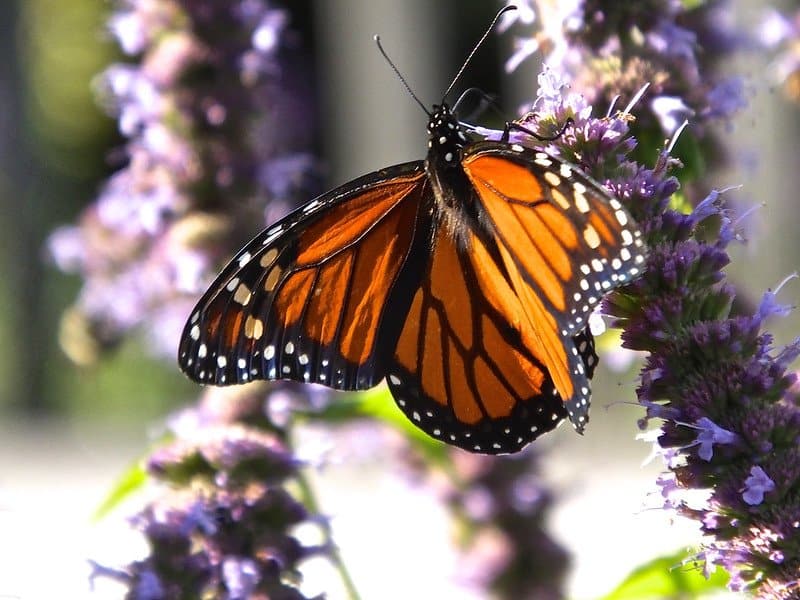Three great stories we found on the internet this week.
Follow the money
Climate change may divide Americans, but according to a recent analysis there’s far more consensus when it comes to creating clean energy. States, whether red or blue, want more of it.
The study, published in Climatic Change and reported by Grist, shows that states passed roughly 400 bills to reduce carbon emissions between 2015 and 2020. Some 28 percent of these were passed by Republican-controlled legislatures — lawmakers who see green energy more as an economic opportunity than a climate imperative.
Opportunity is right. Some of America’s most ambitious green energy projects are unfolding in red states, as RTBC’s latest series, Red State Green Energy, is documenting. Read the first two stories in that series: In one, Mark Oprea explores how wind energy is preserving family farms in Iowa, and in the other, Anne Kniggendorf ponders the future of Greensburg, Kansas, America’s greenest town.
That’s the ticket
In the conservative city of Peshawar, Pakistan, a new bus rapid transit (BRT) system isn’t just solving traffic woes, it’s empowering women and girls.
Weighed down by negative news?
Our smart, bright, weekly newsletter is the uplift you’ve been looking for.Much of Peshawar’s mass transit consists of privately owned mini-buses that roam the streets, picking up passengers and shuttling them to their destinations. Sexual harassment is common in the crowded vans, enough so that some women can’t or won’t use them. On the new BRT system, however, a quarter of seats are reserved for women, buses come equipped with security cameras and guards, and stations are well lit. These features have allowed more women to use the system to get to jobs or school. Before the BRT, women made up just two percent of the city’s bus passengers. Now, that share has risen to 30 percent.
“My parents had decided to stop my education … because they didn’t like me traveling in the disheveled Mazda wagons,” said one 23-year-old female botany student. Now, she’s back at school and working toward her master’s degree once again.
Read more at Thomson Reuters Foundation
A wing and a prayer
The monarch butterfly is a marvel of evolution. On flimsy wings, the dazzling insects wobble their way across 2,800 miles to Mexico every winter. For decades, the species has been in sharp decline due to climate change and deforestation. But now, some populations are growing again, offering hope for the butterfly’s survival.

Last winter, in the Mexican forests where the butterflies settle, 35 percent more monarchs were present than the year before. Their range appears to have expanded, as well. What’s causing the uptick? One theory is that the species is adapting to climate change — last year, the butterflies departed Mexico earlier than usual, starting their journey north in February instead of March. Scientists will be watching closely next winter to see if the trend holds.










